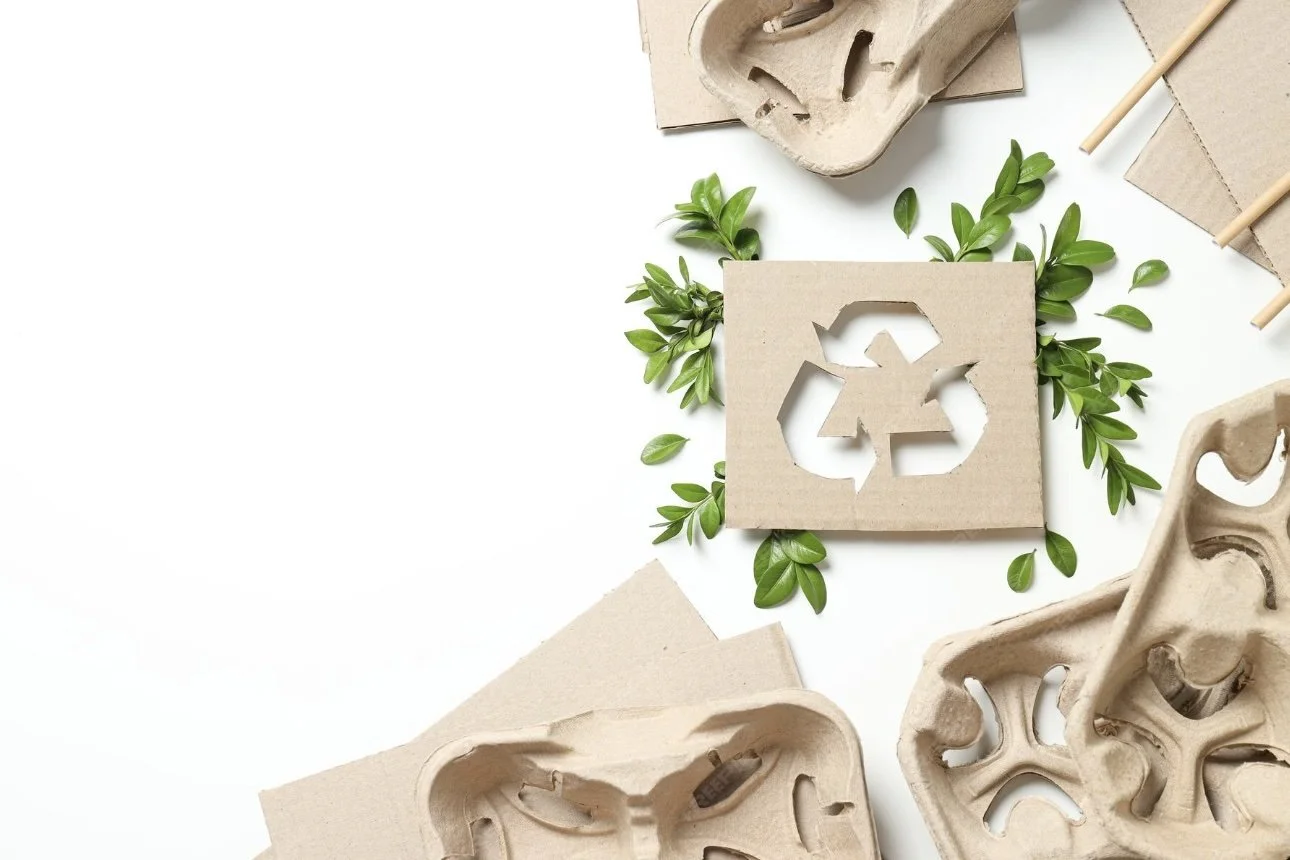Sustainable Branding: Turning Conscious Choices Into Powerful Connection
Sustainability is no longer a buzzword — it’s an expectation. Modern audiences want more than great products. They want brands that care — about the planet, their people, and the impact left behind.
For small businesses and creative entrepreneurs, this shift brings both a challenge and an opportunity. The challenge? Staying authentic in a world full of “greenwashing.” The opportunity? Building a brand that inspires trust, loyalty, and long-term alignment through honest, eco-conscious practices.
Sustainable branding isn’t about doing it all — it’s about doing what matters most, and doing it well. When you integrate sustainability into your brand story with transparency and intention, you don’t just strengthen your marketing strategy — you strengthen your connection with your audience.
Define What Sustainability Means for Your Brand
Sustainability looks different for every business, and that’s the beauty of it. It’s not about perfection — it’s about progress that aligns with your values.
For some brands, sustainability means switching to recycled packaging. For others, it’s sourcing materials locally or reducing energy use. Some weave it into their community efforts by donating time or resources to environmental causes.
Start by asking:
What practices align with our core values?
Where do we have the most control or influence?
What would feel authentic to our audience?
Once you define your focus, make it part of your brand DNA. Whether it’s offering a refill program or prioritizing ethical suppliers, your sustainability efforts become a meaningful story your customers want to be part of.
Lead With Transparency
Today’s consumers are perceptive — and skeptical of vague claims like “eco-friendly” or “green.” Transparency builds trust; generalities erode it.
Instead of saying, “We’re sustainable,” say:
“Our packaging is 100% recyclable and made from post-consumer materials.”
“We reduced paper waste by 40% this year through digital invoicing.”
“All of our materials are sourced from small, ethical vendors within 100 miles.”
When you share real numbers, visible actions, and even areas for improvement, you show your audience that your sustainability story is genuine — not performative.
Reflect Your Values Through Design
Your visuals are an extension of your values. If your brand stands for sustainability, that ethos should shine through your design choices — from color palette to photography style.
Earth tones, soft neutrals, and organic textures often communicate a grounded, eco-conscious tone. But sustainability doesn’t have one “look.” A bold, modern color palette can also convey responsibility if it’s intentional and cohesive.
The key is to stay authentic. Show behind-the-scenes moments, real people, real materials. Audiences are drawn to honesty, not perfection.
Invite Your Audience Into the Journey
Sustainability becomes powerful when it’s shared. Turn your eco-conscious efforts into community rituals that invite participation.
Try this:
Launch a refill or recycling program for loyal customers.
Share annual “impact updates” that celebrate progress.
Host challenges — like “reuse week” or “sustainable swaps” — and feature participant stories.
Encourage customers to tag you when they reuse your packaging or support your cause.
When your audience feels part of your mission, sustainability transforms from a value into a shared experience.
Balance Sustainability With Growth
Yes — eco-conscious practices can be more costly or time-intensive. But what you gain in trust and loyalty far outweighs the short-term expense.
Your customers aren’t just buying your product; they’re buying into your purpose. And that purpose gives them a reason to stay loyal.
Brands rooted in sustainability tend to attract long-term advocates — people who share, recommend, and return not because of discounts, but because of shared belief.
Forget Perfect — Focus on Honest Progress
Your audience doesn’t expect you to have all the answers. They just expect you to care.
It’s okay to say:
“We’re starting small by switching to compostable mailers and will expand from there.”
That honesty builds credibility — far more than a flawless claim ever could. Over time, your story becomes one of evolution and impact — proof that small steps really do lead to big change.
The Marketing Power of Purpose
Purpose-driven brands don’t just sell — they inspire. They attract communities who share their values and amplify their message.
Think Patagonia, Allbirds, or Pela Case — brands that lead with purpose and transparency. You don’t need their scale to achieve the same alignment. You just need consistency, intention, and heart.
When your sustainability story is authentic, clear, and visible across every platform, it becomes one of your strongest marketing assets — one that doesn’t just attract attention, but keeps it.
Final Thoughts
Sustainability isn’t about doing everything perfectly. It’s about showing up with integrity, aligning your practices with your values, and inviting your audience into a mission that matters.
As a creative entrepreneur or small business, your advantage lies in your agility and authenticity. You can make sustainability personal, tangible, and human — and that’s what people connect with most.
Because when your brand helps people feel good about their choices, you’re not just building awareness. You’re building impact.
Book a Clarity Call to discuss your brand’s impact today!
Frequently Asked Questions
-
Start small. Choose one or two areas you can realistically improve — like packaging, sourcing, or digital processes — and build from there.
-
Be specific, transparent, and honest. Share measurable actions, not buzzwords, and show progress over perfection.
-
Even if it’s not their top priority, eco-conscious practices enhance trust and credibility. Consumers value brands that operate responsibly.



